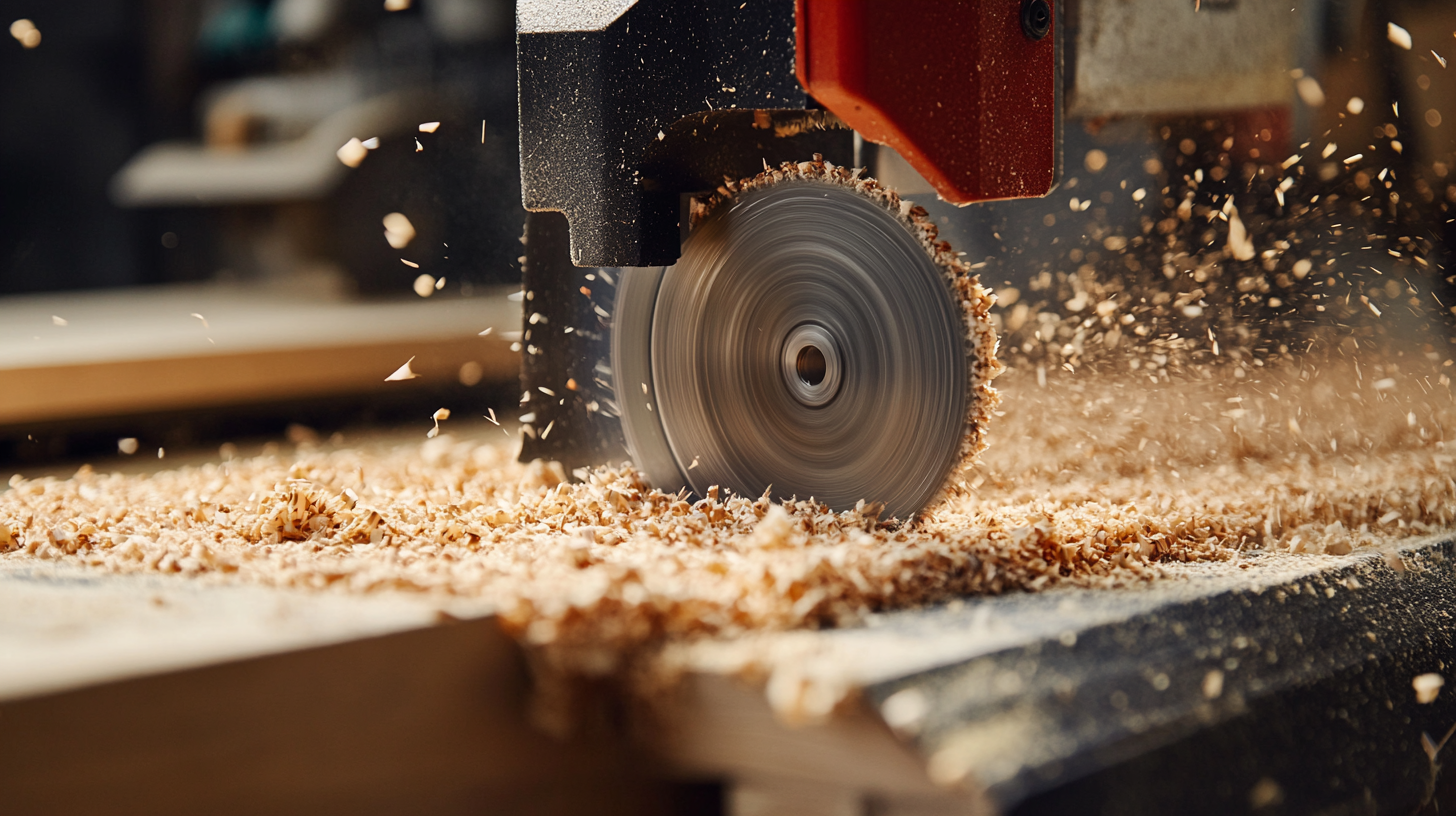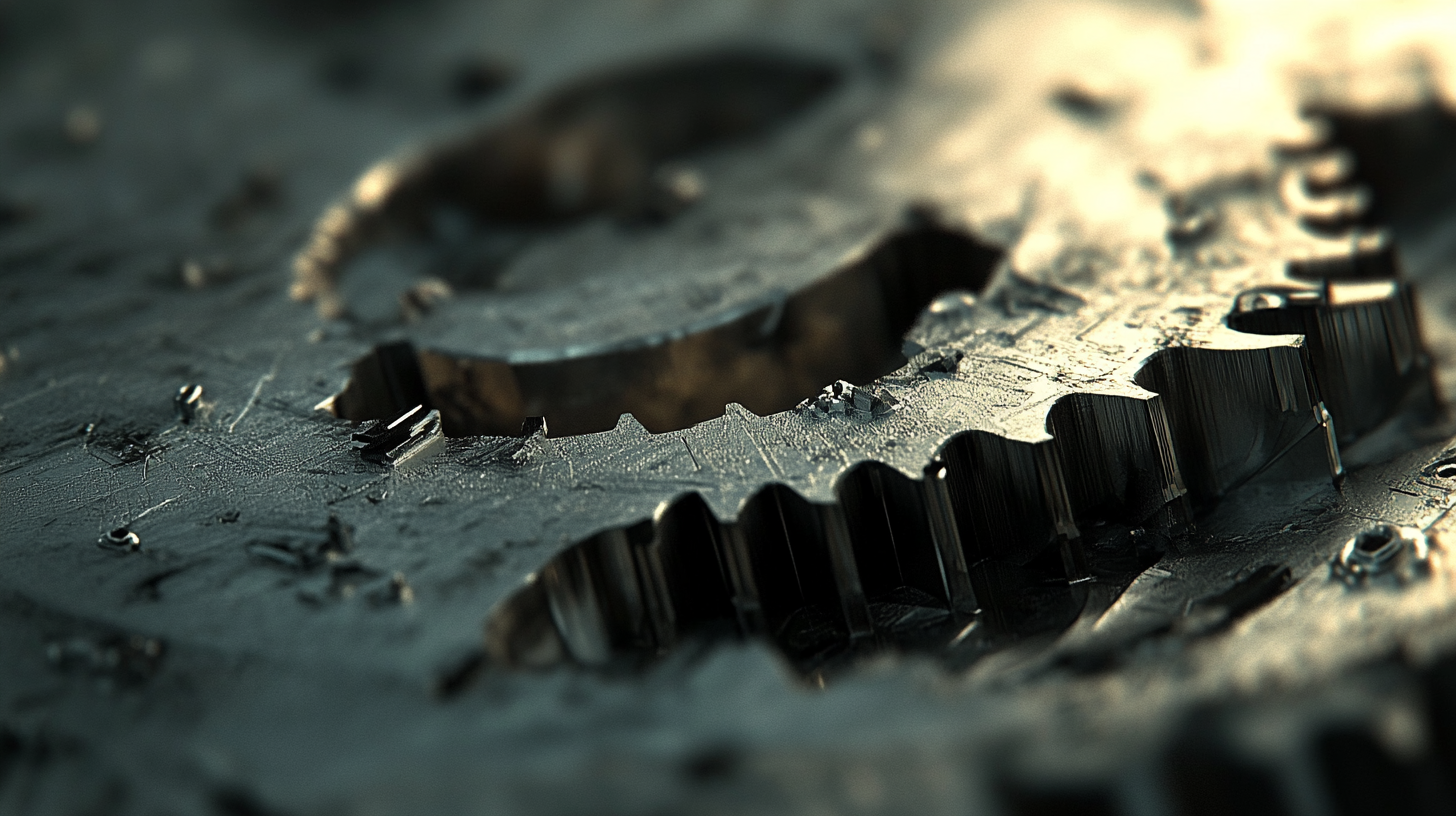In a field as competitive as manufacturing, efficiency becomes the crucial area for the strategic gain of a particular company. PCD cutting tools (or polycrystalline diamond cutting tools) have revolutionized precision machining with their durability and efficiency. The MarketsandMarkets report states that the global cutting tool market is projected to reach USD 37.8 billion by the year 2026, thanks to improvements in materials science and a growing need for accuracy in machining processes. This is an evidence that effective cutting tools, especially PCD variants, assume a significant role in enhancing production efficiency and reducing running costs.
To fully realize the benefits of PCD cutting tools, manufacturers will need to invoke a wide range of service and cost-effective operations. CIMdata's research confirms that organizations could cut operational costs by up to 30% if they strategically implement high-performance cutting tools with customized maintenance systems. By extending tool life and improving performance through service strategies, an organization improves its operational efficiency and lowers costs. This blog will take a look at some feasible approaches and newly developed ideas in maximizing PCD-cutting-tool efficiency for the benefit of manufacturers in an increasingly dynamic market.

Polycrystalline diamond (PCD) cutting tools have become an indispensable tool to improve manufacturing efficiency in industries. These tools impart excellent hardness and wear resistance to remain sharp for long periods. Such longevity translates into the reduction of downtime during production, thereby increasing overall operational efficiency. When integrated into the manufacturing process, PCD cutting tools allow for highly precise machining, thus improving the quality of the products and minimizing waste of raw materials. Knowing the special characteristics of PCD tools is beneficial for manufacturers wishing to enhance their operations. PCD tools are unlike conventional carbide tools; they are made from very fine diamond crystals, which, through an extremely high-pressure sintering process, bond together forming solid cutting surfaces. This allows PCD tools to maintain their unique ability to readily cut abrasive materials. The proper selection and application of PCD tools can drastically reduce operating costs, as they are not replaced nor maintained as often. Another plus is maximizing the benefits of goodwill service. Good preventive maintenance and servicing would minimize wear and tear, thereby prolonging the lifespan of PCD tools while maintaining the benchmark performance. Training users in the proper use and maintenance of cutting tools further equips the team to work at maximum efficiency and productivity. By understanding PCD cutting tools and service maximize them, manufacturers can further propel success to their advantage in the operations.

Efficient service strategies are most essential in maximizing the operational efficiency PCD (Polycrystalline Diamond) cutting tools. The more production take demands for an increase in precision and performance, the integral maintenance becomes for these sophisticated tools. Implementing a proactive maintenance schedule can conservatively make one's downtime slender and productivity thinner. Regular inspections or real-time monitoring of tool wear thus enable failure anticipation and optimize tool utilization by manufacturers.
Apart from that, training staff on the handling and operating best practices of PCD cutting tools may even yield better outcomes. Certainly, those who know can detect a problem much earlier so that these tools will operate only within their optimal parameters. In turn, besides extending the life of the tools, the method also leads to better quality control during the production runs. An informed workforce uses the particular qualities of PCD properly for the highest cutting efficiency and precision. Cost-saving techniques, too, have an important role to play in service strategy effectiveness. Gathering data on tool performance through advanced data analytics reveals valuable insights for companies in deciding whether to repair their tools or to replace them. Investing in tool coatings or utilizing multiple-edge PCD tools can significantly reduce cost in general while maximizing cycle times during cutting operations. All in all, effective service strategies for PCD cutting tools ultimately drive efficiency, reduction in operational costs, and overall improvements in manufacturing performance.

PCDs (Polycrystalline Diamonds) cutting tools play a prominent role in enhancing operational efficiency in the manufacturing domain due to their durability and precision. As stated in a recently published article by the International Journal on Advanced Manufacturing Technology, the life span of PCD tools can be up to 30 times longer compared to carbide tools; hence these tools significantly cut down costs on maintenance and downtimes. It is also a necessity for such cutting tools to apply effective service strategy and cost-saving methods to maximize return on investment.
Some of the key approaches relate to methods and tools, such as advanced analytics and predictive maintenance. Data and analytics would allow manufacturers to plan and execute maintenance that would avert potential revenue loss due to unexpected breakdowns. According to the Manufacturing Industry Report, predictive maintenance has been recognized to decrease maintenance costs by 10-15 percent, which translates into significant numbers over the expected lifetime of the tool. Furthermore, depending on the application, it entails selecting specific PCD tools for specific materials or applications for better performance with less wastage.
Lastly, investing in personnel training in dealing with and using best practices for PCD cutting tools will also pay off significantly. Proper training, according to a study of the American Society of Mechanical Engineers, can boost productivity by 25 percent while also minimizing tool damage. With this emphasis on strategic measures, the manufacturer can significantly lower costs while achieving the most efficiency and longevity for PCD cutting tools, thereby driving further return on investments.

PCD cutting tool maintenance and care are key factors in increasing their productivity and longevity. The proper maintenance not only keeps these tools functioning at optimal efficiency, but it also leads to savings in big amounts over time. While cleaning and inspecting the PCD tools regularly, the following will happen: Prevents dirt and fouling from interfering with the working performances of PCD tools. It is imperative using the right cleaners with the diamond substrate to avoid damage.
Adhering to the manufacturer's instructions when it comes to tool usage and application is another best practice in tool care. For instance, one should ensure that PCD cutting tools are used under the recommended conditions because any kind of usage above its threshold will lead to premature wear and, therefore, loss of tool life. In addition to this, proper monitoring of the cutting speeds and feeds in correspondence to different kinds of material can also contribute towards minimizing costs for replacement of tools and machine downtime.
This service strategy, besides routine maintenance, can prove beneficial. This is why Companies look for different ways to improve productivity and control the costs of operations. This is similar to what can be called the trends in other sectors, for example: the recent news in other sectors is that companies are now adopting AI for a better processing approach to save costs; it is the same way that high-end service strategies can convert into great resource management in manufacturing. Good PCD cutting tool care will allow the company to protect its investments while remaining productive at all times with minimal interruption in efficiency.
The innovation in polycrystalline diamond cutting tools will become increasingly critical due to the manufacturing efficiencies that they would generate. A recent highlight of the development trend in intelligent logistics concerns how new technologies like AI can be marketed into the supply chain management of PCD tools. AI logistics apps that include automated systems for picking and smart transportation will empower manufacturers to optimize inventory levels, reduce lead time, and improve delivery accuracy. Smart logistics solutions, as mentioned in McKinsey's report, can enhance operational efficiency gains by as much as 30%, thereby tremendously improving ROI on cutting tools.
On the other hand, the combination of data analytics and IoT technologies in the production procedures of PCD cutting tools allows for continuous monitoring and maintenance. Tools can then work optimally and prevent downtime while extending tool life. The International Journal of Advanced Manufacturing Technology examines a study that states that companies using predictive maintenance will reduce tool replacement costs by 40%. Thus, these technologies increase PCD cutting tool performance and ensure the smooth functioning of other equipment in the production sequence.
Between academia and industry, collaborations provide the ecosystem for advanced research to find quick pathways to applications. Companies leverage shared resources, keeping themselves not just current, but cutting edge, in PCD tool manufacturing. While propelling innovation, this coupled strategy also ensures that the performance of cutting tools corresponds with the industry-increasing requirements of the manufacturing sector. The PCD cutting tools of tomorrow must step into these generations of technologies to empower themselves to better productivity in production environments.
Effective service strategies are crucial for maximizing the efficiency of PCD cutting tools, reducing downtime, and enhancing productivity through proactive maintenance and real-time monitoring.
Manufacturers can anticipate tool failures by implementing regular inspections and real-time monitoring of tool wear, allowing them to optimize tool utilization and extend their lifespan.
Training personnel in best practices for handling PCD cutting tools enables them to identify issues early and use the tools within optimal parameters, leading to improved quality control and extended tool life.
Utilizing advanced data analytics to assess tool performance can help companies decide when to repair or replace tools, while investing in tool coatings and multiple-edge PCD tools can further reduce costs and improve efficiency.
Regular inspection and cleaning of PCD cutting tools are essential to prevent debris buildup and wear, and using compatible cleaning agents is crucial to avoid damaging the diamond substrate.
Following manufacturer guidelines regarding usage and application helps prevent premature wear and extends the operational life of PCD cutting tools by ensuring they are used within recommended parameters.
Accurately monitoring cutting speeds and feeds tailored to specific materials can optimize performance, minimize costs associated with tool replacement, and reduce downtime.
Adopting innovative service strategies, similar to AI integration in other sectors, can lead to improved resource management and help companies enhance productivity while managing operational costs effectively.
Effective service strategies for PCD cutting tools drive efficiency, reduce operational costs, and enhance overall manufacturing performance.